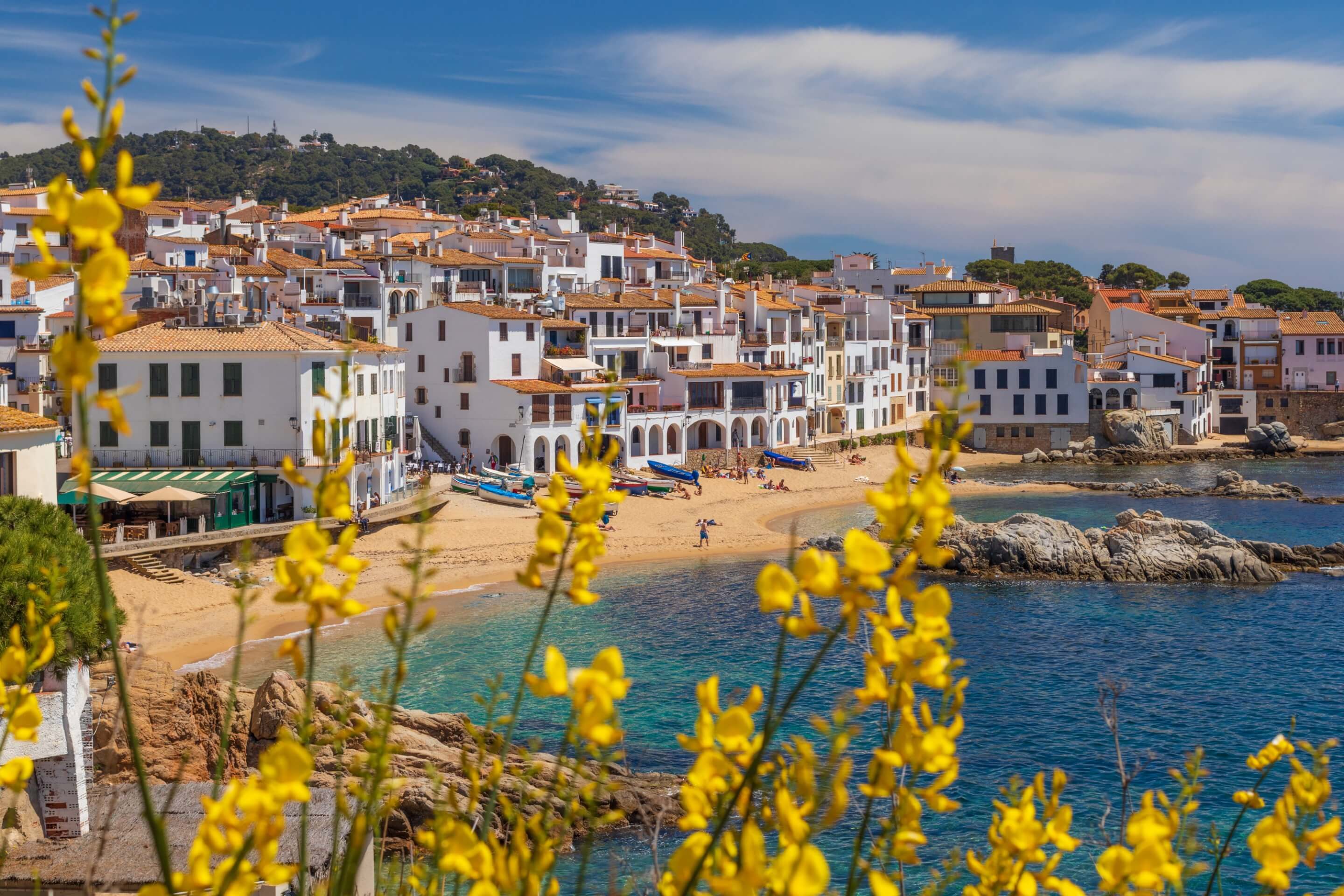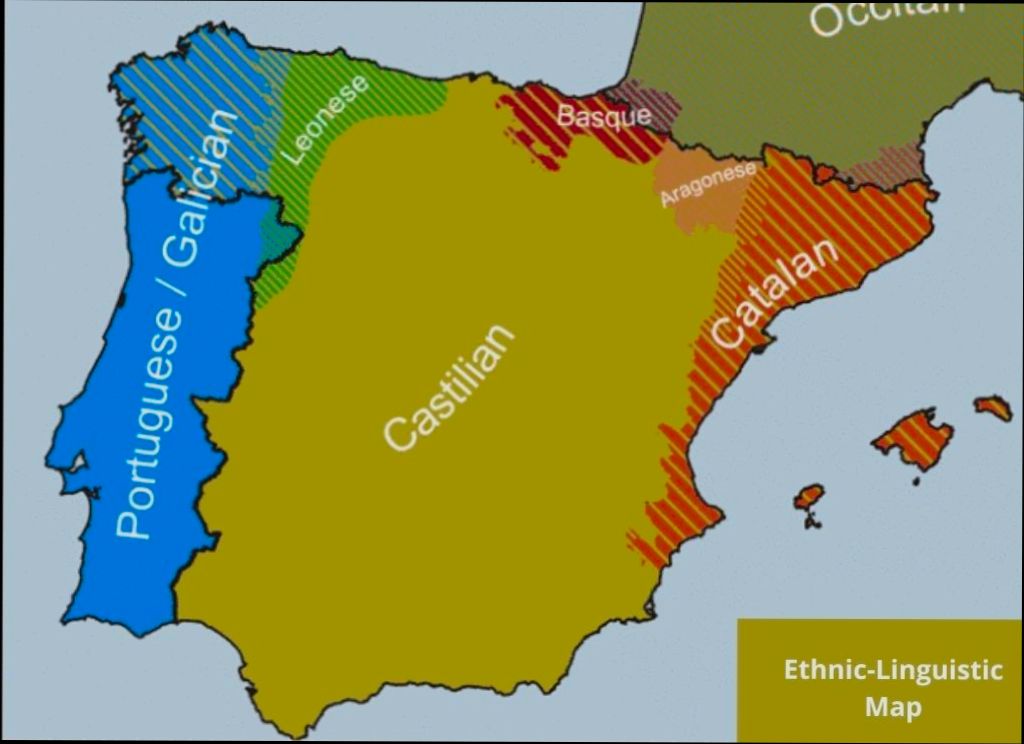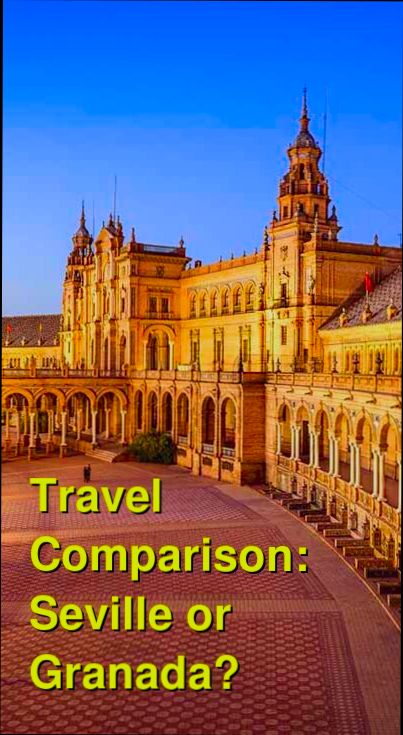- Key Cultural Differences to Embrace
- The Importance of Language Proficiency
- Exploring Spain's Regions: A Guide to Cultural Diversity
- Popular Spanish Traditions and Festivals
- Dining Etiquette: Savoring Spanish Cuisine
- Engaging with the Local Community
- Participating in Social and Recreational Activities
- Navigating Healthcare: Resources for Retirees
- The Role of Expat Communities in Integration
- Statistical Insights: The Growth of Retirees in Spain
- Adapting to the Spanish Lifestyle
- Table of Language Learning Resources for Retirees
- Financial Considerations: Cost of Living in Spain
- Tips for Establishing a Support Network
How to integrate into Spanish culture as a retiree can be an eye-opening adventure! Picture this: you’re sipping coffee at a local plaza, the sun warming your face, while locals chat animatedly around you. It’s not just about the beautiful landscapes or the delicious paella; it’s about truly immersing yourself in the way of life. Spain is vibrant, with its tantalizing mix of traditions, languages, and, of course, mouth-watering cuisine. From the relaxed pace of a siesta to the nightly fiestas, every day holds an opportunity to experience something new and exciting.
Imagine wandering through narrow cobbled streets in a quaint village or getting swept up in the passion of a flamenco performance. You might feel a bit out of your comfort zone at first, but that’s part of the charm! Engaging with locals, learning their customs, and maybe even picking up a bit of the language can make a world of difference. Think about attending a local wine tasting or participating in traditional holiday celebrations like La Tomatina or Semana Santa. Each experience is a doorway into understanding the rich tapestry of Spanish life, turning your retirement into a cultural journey you’ll cherish forever.

Understanding Spanish Culture
Getting to know Spanish culture is a big part of settling in. It’s not just about the sun and siestas (though we love those too!). It’s about diving into the vibrant customs, traditions, and everyday life that make Spain unique.
Your New Daily Rhythm
First off, expect a different daily schedule. Spanish life runs on a unique clock. Check this out:
| Time | Activity |
|---|---|
8:00 AM | Breakfast (usually just coffee and a pastry) |
1:30 PM | Lunch (the main meal of the day, often served with multiple courses) |
4:00 PM | Siesta (some shops might close for a couple of hours) |
9:00 PM | Dinner (lighter, often shared with family and friends) |
So, if you’re used to eating dinner at 6 PM, you might want to adjust that! Embrace the late nights while enjoying tapas with new friends or family.
Food, Glorious Food!
Speaking of food, it’s central to Spanish culture. Don’t just eat out; learn how to cook traditional dishes like paella or gazpacho. Join a cooking class in your town—it’s a fun way to meet locals! Did you know that around 30% of Spaniards say that food is their favorite topic of conversation? So, it’s a great icebreaker!
Embrace the Festivals
Spain loves its fiestas! From La Tomatina to Semana Santa, there’s a festival almost every month. Participating in these events is a great way to feel connected. Plus, you’ll make awesome memories! For example, did you know that Madrid alone hosts more than 300 festivals each year?
Make New Friends
Building a social network is key. Engage locals by joining clubs or volunteering. You can check out platforms like Residoora that help retirees meet others in similar situations. You can start with a language exchange where everyone practices Spanish together. It’s casual and a lot of fun!
Learn the Language
While many Spaniards speak English, learning the language shows respect and helps you feel at home. Even a little Spanish can go a long way in breaking the ice. Spanish classes are widely available, and immersing yourself in a local slang will definitely make you a hit at barbecues!
Connecting with the culture is super rewarding! By actively participating in daily life, enjoying the cuisine, and embracing traditions, you’ll soon feel right at home in Spain!

Key Cultural Differences to Embrace
Diving into Spanish culture as a retiree? Get ready to experience some delightful surprises! Here’s a quick rundown of key cultural differences you’ll want to keep in mind.
| Cultural Aspect | Spanish Style | Your Takeaway |
|---|---|---|
Meal Times | Lunch typically around 2-4 PM; Dinner usually after 9 PM. | Adjust your schedule! You’ll enjoy social dining late into the evening. |
Siesta | Many shops close in the afternoon for a mid-day break. | Embrace the art of napping! It’s all about relaxation here. |
Social Interactions | Warm, friendly greetings - kisses on both cheeks are common. | Don’t shy away from a little physical affection; it shows you care. |
Festivals | Spain celebrates over 3,000 festivals yearly! | Get involved! Join in the festivities and meet locals during events. |
These differences can feel daunting, but embracing them can lead to genuine connections with your new community. For example, if you’re looking at homes with platforms like Residoora, it might be worth considering how close they are to local markets or tapas bars. You’ll want to be in the heart of all the action!
Don’t forget: Relax, enjoy the pace of life, and soon you’ll find that these cultural quirks add a rich layer to your retirement experience in Spain!
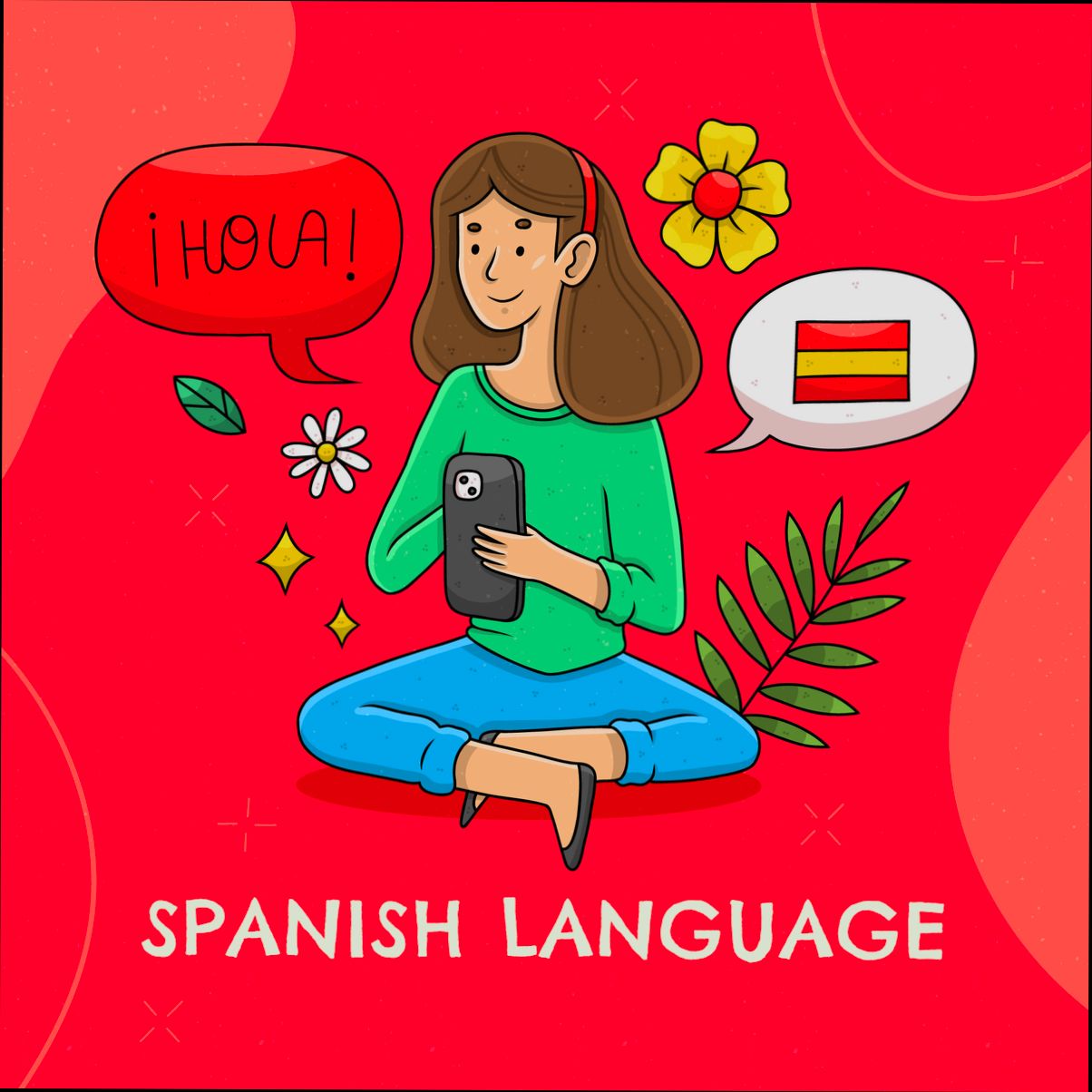
The Importance of Language Proficiency
Alright, let’s get real about language when moving to Spain. If you want to truly integrate into Spanish culture, knowing the language is a must! It’s not just about being able to order tapas at your local bar—though that’s a big perk. It’s about building friendships, accessing healthcare, and understanding the nuances of daily life.
Studies show that around 23% of expats living in Spain struggle with the language barrier. This can lead to feelings of isolation. You don’t want that! Imagine trying to ask for help at a pharmacy or understanding a doctor’s advice in a pinch. Not ideal, right?
Connecting with the Locals
Let’s sprinkle in some personal touches. When you greet a neighbor or chat with the barista in Spanish, it opens doors. Here’s a little table summarizing how language helps you connect:
| Situation | Language Impact |
|---|---|
Socializing with Neighbors | Build friendships, share tips, and get invites to local fiestas! |
Exploring Markets | Understand product details and haggle with vendors. |
Healthcare Visits | Communicate symptoms clearly, ask questions about treatments. |
Traveling Within Spain | Read signage, ask for directions, and dive deeper into local culture. |
Practical Tips for Learning Spanish
You might be wondering, “How do I get started?” Well, here are a few fun and effective tips:
Practice Daily: Even 15 minutes a day can make a difference. Try apps like Duolingo or Babbel.
Join Local Classes: Many towns offer Spanish classes for expats. You’ll meet people and learn the lingo!
Engage with the Community: Volunteer opportunities often require communication and are great for practice.
Watch Spanish TV or Movies: Start with subtitles, and soon you’ll be laughing at jokes!
And don’t forget about online resources. Platforms like Residoora can help connect you with local language schools or community meetups, making it easier to dive into Spanish life!
So, remember, language isn’t just a tool—it’s your ticket to a richer experience in Spain. Embrace it, and you’ll soon be feeling right at home in your new culture!
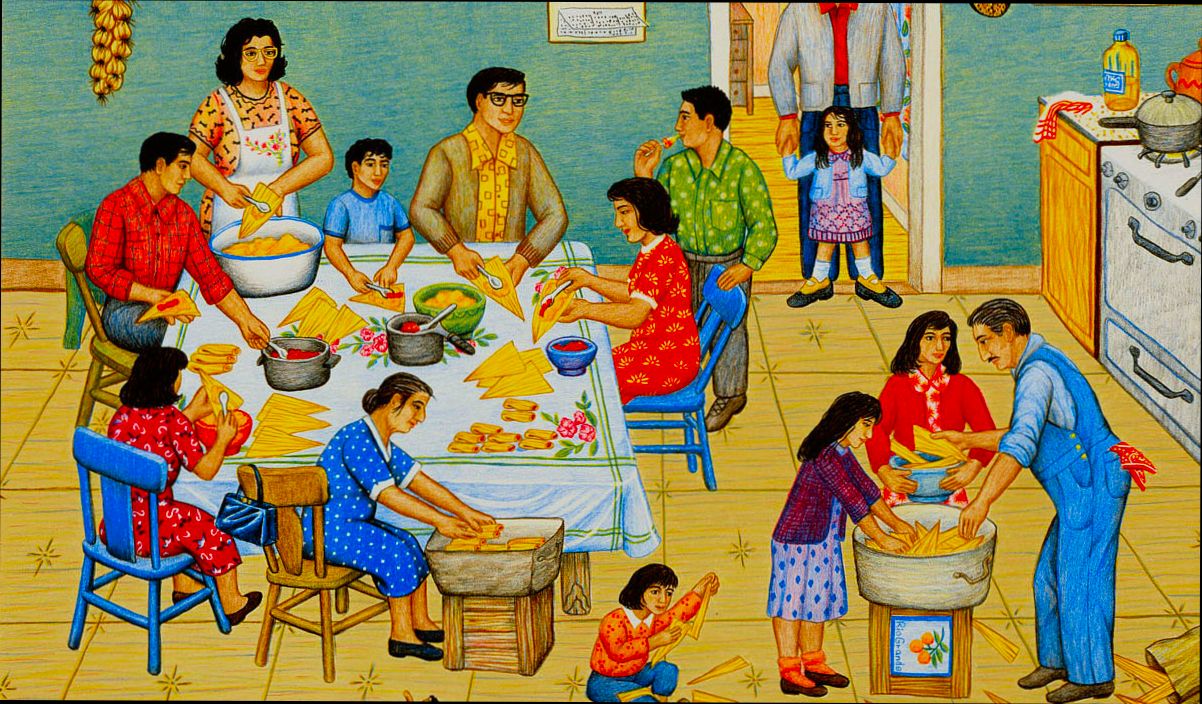
Exploring Spain’s Regions: A Guide to Cultural Diversity
Spain is like a colorful tapestry woven from many unique threads, each region boasting its own culture, language, and traditions. As a retiree looking to blend in seamlessly, embracing these differences will enrich your experience.
Key Regions to Discover
| Region | Cultural Highlights | Main Language |
|---|---|---|
Andalusia | Flamenco dancing, Sherry wine, and Alhambra palace | Spanish |
Catalonia | Modernisme architecture, Tapas culture, and FC Barcelona | Catalan |
Basque Country | Pintxos, unique festivals, and stunning coastlines | Basque |
Galicia | Pilgrim’s Way to Santiago, seafood cuisine, and Celtic heritage | Gallego |
Getting Involved
Each region has its own festival that can be a great way to dive into local culture. For example, La Tomatina in Buñol or Semana Santa in Sevilla are not just fun; they’re a deep dive into the heart and soul of the communities.
Food: The Heart of Spanish Culture
Don’t miss out on Spain’s culinary diversity! Every region offers unique dishes - think paella in Valencia, pintxos in the Basque Country, and tapas everywhere else. Join a local cooking class; it’s a fantastic way to meet locals and immerse yourself in the culture.
Language Matters
While many Spanish-speakers understand English, knowing some local phrases can take you a long way. Even a simple “Gracias” or “¿Dónde está…?” can open doors and warm hearts.
Join a Community
Look for expat groups or local clubs in your area. Platforms like Residoora can help you find local meetups or events where you can make friends and share experiences. Meeting people who are also focused on integrating into Spanish culture can make the process more enjoyable.
Wrap-Up
Whether you’re in the sun-kissed beaches of Costa del Sol or the stunning mountains of Pyrenees, every corner of Spain has something special. Embrace the differences, learn the languages, savor the food, and you’ll find Spain isn’t just a place to retire; it’s a place to call home.
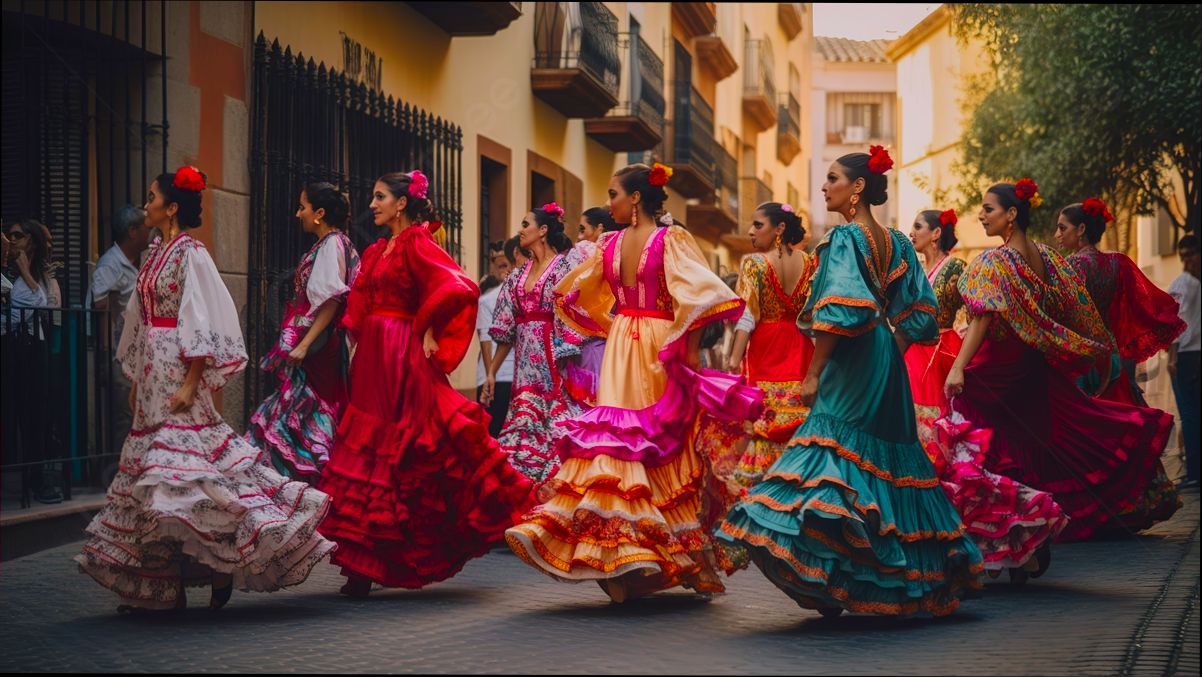
Popular Spanish Traditions and Festivals
Immersing yourself in Spanish culture is one of the best parts of retirement in Spain. And what better way to jump in than participating in the vibrant festivals and traditions? Let’s dive into some of the most popular ones!
La Tomatina
Ever wanted to throw tomatoes at strangers and not get in trouble for it? Welcome to La Tomatina! Held in Buñol, this quirky festival takes place on the last Wednesday of August. People pile into the streets and launch overripe tomatoes at each other. It attracts around 20,000 participants each year—imagine the fun!
Semana Santa
Holy Week, or Semana Santa, is a deeply rooted tradition in southern Spain, particularly in Seville. It includes elaborate processions that occur in the days leading up to Easter. You’ll see stunning floats, beautiful costumes, and hear the echoes of drums.
Here’s a sneak peek into what happens:
| Day | Event | Location |
|---|---|---|
Sunday | Procession of Palm Sunday | Seville |
Friday | Good Friday Procession | Malaga |
Sunday | Easter Sunday Celebration | Granada |
San Fermín (Running of the Bulls)
If you’re feeling adventurous, head to Pamplona in July for San Fermín! This is the famous Running of the Bulls, where people dash through the streets ahead of a group of bulls. It’s both exhilarating and a bit risky, but if you follow the rules, it’s a thrill not to miss. Approximately 1 million people visit Pamplona for this festival each year!
Dia de los Muertos (Day of the Dead)
Celebrated especially in the regions of Valencia and Barcelona, this festival honors deceased loved ones. While it’s influenced by Mexican tradition, the Spanish twist involves vibrant altars, colorful flowers, and sweet treats. You’re likely to see families gather in cemeteries, sharing stories and food. It’s a beautiful reminder of life and death.
Flamenco Festivals
Flamenco music and dance are quintessentially Spanish. Participating in festivals like the Bienal de Flamenco in Seville lets you soak up the rhythm and passion of this tradition. You might even want to join a class after the show—who knows, you could be the next dancing sensation!
Each of these festivals is a chance to mingle with locals, experience community spirit, and embrace the lively culture of Spain. So, gear up, get involved, and don’t be afraid to get a bit messy (especially at La Tomatina)! Trust me, you’ll be making memories in no time.

Dining Etiquette: Savoring Spanish Cuisine
When you settle into life in Spain, one of the most delightful experiences awaits you at the dining table. Spanish cuisine is a celebration of flavors, and the way you dine is just as important as the food itself. Here’s a quick guide to help you navigate dining etiquette like a local.
The Timing is Everything
Forget about early dinners! In Spain, locals typically eat dinner around 9 PM to 11 PM. Lunchtime is no different, with most people enjoying a hearty meal around 2 PM to 4 PM. So don’t be surprised if you find restaurants buzzing with diners well into the night.
Mealtimes
| Meal | Typical Time |
|---|---|
Breakfast (Desayuno) | 7 AM - 10 AM |
Lunch (Comida) | 2 PM - 4 PM |
Dinner (Cena) | 9 PM - 11 PM |
Sharing is Caring
Tapas culture embodies the spirit of sharing. Don’t hesitate to order multiple dishes for the table. It’s common to share plates, and trying a variety of flavors is half the fun! So, whether it’s patatas bravas or jamón ibérico, invite your friends and dig in together.
Politeness Counts
Always remember to say “¡Buen provecho!” before digging in, which translates to “Enjoy your meal!” It’s a simple way to show appreciation and courtesy. Also, it’s polite to wait until everyone is served before starting to eat.
Mind Your Manners
Keep your hands above the table while dining (but don’t rest your elbows on it). If you’re enjoying a meal outdoors, you might notice it’s common for people to linger long after finishing their food. Take your time—it’s all about enjoying your meal and conversation!
Payment Practices
When the meal is over, expect to ask for the check (“La cuenta, por favor”) rather than it being presented automatically. It’s common to split the bill, so don’t be shy to discuss it with dining companions. And a tip of around 5-10% is appreciated.
Final Thoughts
Getting to know these dining customs can make your meals in Spain even more enjoyable. Plus, with the help of platforms like Residoora, you can find an ideal location to enjoy these culinary delights easily. So, get ready to savor every bite!
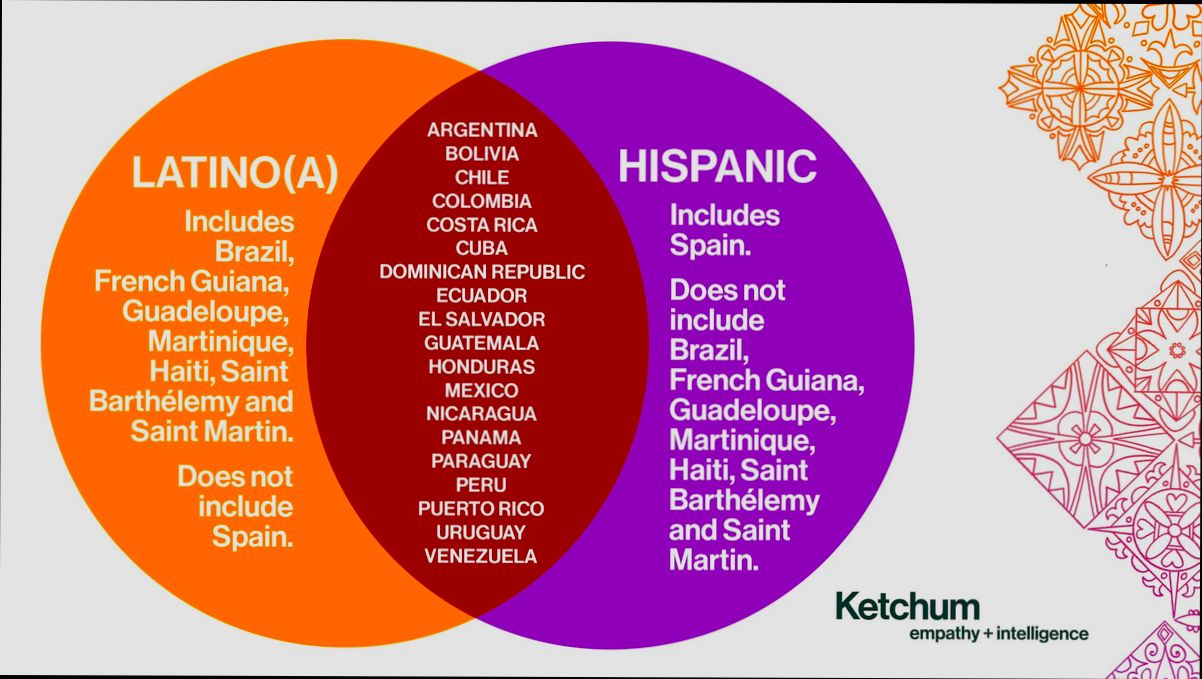
Engaging with the Local Community
Diving into the local community is one of the best parts of settling in Spain as a retiree. This isn’t just about finding a new home; it’s about feeling at home. Trust me, getting involved makes a world of difference!
Get Active in Local Events
Spain is known for its vibrant festivals and events. From Semana Santa in Seville to La Tomatina in Buñol, these celebrations are perfect for getting to know your neighbors.
| Event | Where | When |
|---|---|---|
Semana Santa | Seville | March/April |
La Tomatina | Buñol | Last Wednesday of August |
Las Fallas | Valencia | March 15-19 |
Volunteer Locally
Your time and skills can really help out! Consider volunteering at local charities or community centers. It’s an awesome way to meet people and give back. In fact, studies show that retirees who volunteer report higher satisfaction and well-being.
Participate in Local Classes
Want to learn the language or pick up Flamenco dancing? Look for classes in your area. Not only will you learn something new, but you’ll also be surrounded by locals. Plus, I hear the dance classes are a blast!
Join Clubs or Groups
Whether it’s hiking, gardening, or book clubs, there are tons of groups to join. Websites like Meetup.com can help you connect with others who share your interests. You’ll have fun and make lasting friendships.
Use Resources Like Residoora
If you’re considering moving into the real estate scene, check out platforms like Residoora. It’s a handy tool for locating communities that fit your vibe. They can help you gather info on local neighborhoods before making the leap.
Explore Your Area
Get out there and explore! Visiting local shops, cafes, and markets will help you feel the pulse of your neighborhood. Try chatting with the owners or staff; they often have the best tips about the area!
Remember, taking the first step can be intimidating, but the rewards are incredible! By engaging with your local community, you’ll not only enrich your own life but also create deeper connections that make Spain feel like home. So, what are you waiting for? Get involved!
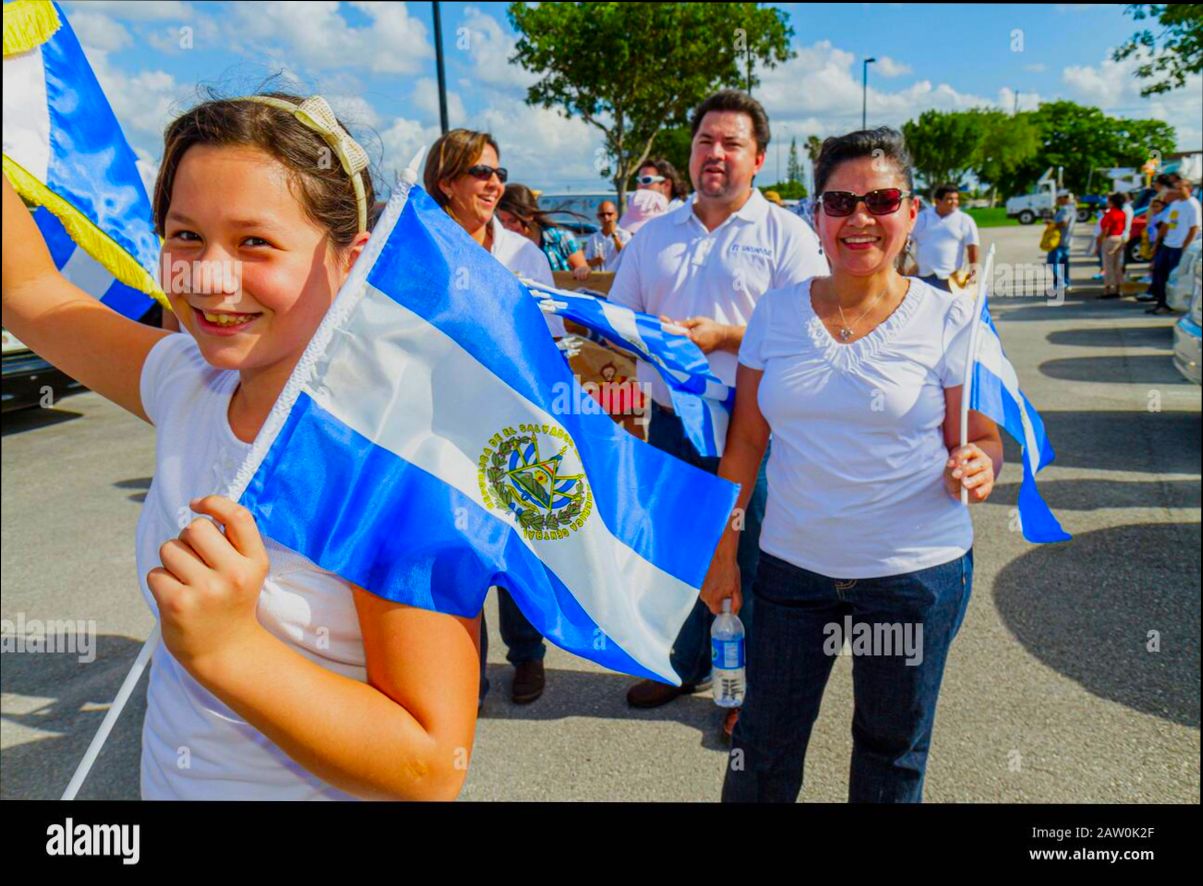
Participating in Social and Recreational Activities
Getting involved in social and recreational activities is one of the best ways to embrace Spanish culture as a retiree. Trust me, the more you engage with locals, the more you’ll feel like you belong. Plus, it’s a great way to make friends and have some fun!
Join Local Classes
Whether you’re interested in cooking, dancing, or the arts, Spain offers a plethora of classes where you can learn something new while mingling with others. Community centers often have workshops in:
Cooking: Master the art of making paella or tapas!
Flamenco Dancing: Get your feet moving and experience this passionate dance.
Painting: Unleash your creativity and maybe join a local art exhibit.
For example, if you’re in Seville, check out their local studios for flamenco lessons—it’s a blast and a cultural bucket list item!
Volunteer
Giving back to the community not only feels good but also opens doors to meet new people. Consider volunteering at:
Local food banks
Animal shelters
Community events
Statistics show that volunteering can increase happiness by up to 80%! So, why not make a difference while connecting with folks?
Join Clubs or Groups
Find local clubs that share your interests. Here’s a simple breakdown of popular groups:
| Activity | Average Age of Participants | Where to Find Them |
|---|---|---|
Walking Clubs | 55+ | Social Media, Local Parks |
Book Clubs | 45-70 | Libraries, Online Platforms |
Cycling Groups | 50+ | Community Boards, Local Shops |
Find groups on platforms like Residoora that help you connect with locals or even other expats! You’ll make friends faster than you can say “¿Dónde está la biblioteca?”
Attend Festivals and Events
Spain is known for its vibrant festivals. From La Tomatina to Semana Santa, immersing yourself in these traditions will give you an inside scoop on Spanish culture. Here’s what to keep an eye out for:
Music Festivals: Look for local music gigs, especially flamenco nights!
Food Festivals: Taste your way through local cuisine.
Craft Markets: Discover handmade goods and mingle with artisans.
By participating in these activities, you’re not just a spectator; you become part of the community!
Travel and Explore
Even if you’re planning to settle in one area, exploring nearby towns can lead to great experiences. A weekend trip can often uncover hidden gems:
Take a cooking class in a neighboring town.
Attend a local festival you’ve never heard of before.
Join guided tours to meet other retirees with the same curiosity.
Embrace every opportunity—each effort is a step closer to truly feeling at home in Spanish culture!

Navigating Healthcare: Resources for Retirees
When you retire in Spain, knowing where to find good healthcare options can be a huge relief. The Spanish healthcare system is pretty robust, and as a retiree, you’re entitled to some excellent services!
First off, the public healthcare system (Sistema Nacional de Salud) is available for EU retirees. If you’ve lived in Spain for 5 years, you can access it freely. With over 9,000 public health centers across the country, there’s usually a clinic nearby. In fact, a recent report showed that 70% of Spain’s seniors rated their healthcare services positively. How awesome is that?
But public facilities aren’t your only option. Private healthcare can offer quicker access and specialized services. Companies like Sanitas and Adeslas have a variety of plans tailored to expats. For instance, Adeslas has a plan starting at around €35 a month that covers a lot of doctor visits and medical emergencies.
| Healthcare Option | Pros | Cons |
|---|---|---|
Public Healthcare | Free for EU retirees, excellent services | Sometimes long wait times |
Private Healthcare | Quick access, more options | Monthly premiums can add up |
Consider joining local expat groups on platforms like Residoora, where you can find valuable resources, including recommendations for doctors and healthcare services. Plus, you might meet others going through the same experience.
For medication, pharmacies are everywhere, and don’t worry, many staff members speak English. Some popular pharmacy chains include Farmacia and Alvita. You can often fill prescriptions for less than you would in the U.S.
Also, if you’re worried about language barriers, some clinics offer services in English. It’s helpful to ask when making an appointment. Websites like Residoora also provide quick insights on bilingual practitioners.
Remember, it’s crucial to have health insurance before moving, whether that’s public or private. According to the latest statistics, about 20% of expats in Spain opt for private health insurance, mainly for the perks that come with it.
In summary, whether you choose public or private healthcare, Spain has plenty of options. Stay informed, engage with your local community, and don’t hesitate to ask for recommendations. Your health is a priority, and navigating it can be easier than you think!

The Role of Expat Communities in Integration
When you move to Spain as a retiree, one of your greatest assets can be the expat community. These groups are like cozy little nests where you can find support and camaraderie. They help smooth the bumps of relocation.
Did you know that around 5 million foreigners live in Spain? That’s a huge community of expats from all walks of life, and many have already gone through the same challenges you’re facing. Building connections with fellow expats can be a game-changer.
Connecting with Others
Expat communities often organize meetups, social events, and interest groups. Whether you’re into hiking, cooking, or book clubs, there’s something out there. For example, if you’re a foodie, you might join an international potluck—yum!
Online Platforms
Platforms like Residoora are super helpful in connecting with other expats and sharing experiences about living in Spain. You can find local events or tips on the best neighborhoods for retirees. Plus, real estate advice is a bonus if you’re looking to invest!
| Activity | Description | Where to Find |
|---|---|---|
Meet and Greet | Casual gatherings to share experiences. | Local cafes, expat groups on Facebook |
Language Exchange | Meet locals to practice Spanish. | Community centers, language schools |
Networking Events | Connect with other retirees and find opportunities. | Events listed on platforms like Residoora |
Making Friends and Finding Support
Establishing friendships in these communities boosts your confidence in maneuvering through Spanish culture. Someone might show you the ropes on how to navigate local customs or even recommend a doctor who speaks English.
Fun fact: Nearly 40% of expats reported that making friends with locals is easier when they’re involved in community events and activities. So why not join that yoga class or cooking workshop?

Statistical Insights: The Growth of Retirees in Spain
Spain has become a hotspot for retirees over the last couple of decades. With over 450,000 British retirees living here, it’s clear that the warm weather, affordable living, and vibrant culture are major draws. Interesting, right?
| Year | Number of Foreign Retirees | Top Countries |
|---|---|---|
2020 | 450,000 | UK, Germany, France |
2021 | 480,000 | UK, Germany, Sweden |
2022 | 500,000 | UK, Netherlands, France |
By 2022, there were around 500,000 foreign retirees calling Spain home. This trend shows no signs of slowing down. What’s behind this boom? Well, it’s a mix of great climate, beautiful landscapes, and the lure of a relaxed lifestyle.
But it’s not just about the sun! Many retirees are finding new communities and even diving into property investment. Platforms like Residoora and Residoora are becoming popular tools for those looking to explore real estate opportunities—be it a cozy villa or a bustling apartment in the heart of a city.
It’s worth noting that the demand for properties in sunny areas like Costa del Sol and Alicante is skyrocketing. In fact, property sales in these regions have increased by over 20% in the last two years alone, showing how valuable these sunny locales are for retirees.
So, as a retiree thinking about making the move, understand that you’re not alone. You’re joining a growing community of folks who see Spain as the perfect place to spend their golden years.

Adapting to the Spanish Lifestyle
Embracing the Spanish lifestyle is all about enjoying life at a slower pace. You’ll notice that Spaniards take their time, especially during meals and social gatherings. So, get ready to ditch the rush!
Mealtimes Matter
First off, let’s talk food. In Spain, lunch (la comida) is typically eaten between 2 PM and 4 PM. Dinner doesn’t start until 9 PM or even later! If you show up at a restaurant at 6 PM, you’ll probably find it empty!
| Meal | Typical Time |
|---|---|
Breakfast (desayuno) | 8 AM - 10 AM |
Lunch (comida) | 2 PM - 4 PM |
Dinner (cena) | 9 PM onwards |
Embrace the Siesta
Another key aspect is the siesta. Many shops and businesses close for a few hours in the afternoon. It’s a great excuse to relax and recharge!
Festivals and Celebrations
Spaniards love their festivals! From La Tomatina in Buñol to Semana Santa in Seville, there’s always something happening. Participating in local celebrations can be one of the best ways to truly feel at home.
Learn the Language
Now, you might feel overwhelmed by the language barrier. Don’t sweat it! Learning even a few basic Spanish phrases can go a long way. Plus, you’ll find that locals appreciate your effort. One fun app to try is Duolingo. It makes learning Spanish a breeze!
Meet Your Neighbors
Don’t be shy! Engage with your neighbors, attend local events, and maybe even join a senior club. It’s a fantastic way to build connections. Statistics show that retirees who engage socially tend to have better mental health and happiness.
Real Estate Resources
If you’re looking for a perfect home to settle down, platforms like Residoora can be super helpful. Not only do they provide listings, but they also offer insights into the best neighborhoods for expats!
Remember, adapting to the Spanish lifestyle takes time, but it’s definitely worth it! Enjoy the sunshine, savor every meal, and soak up the culture.
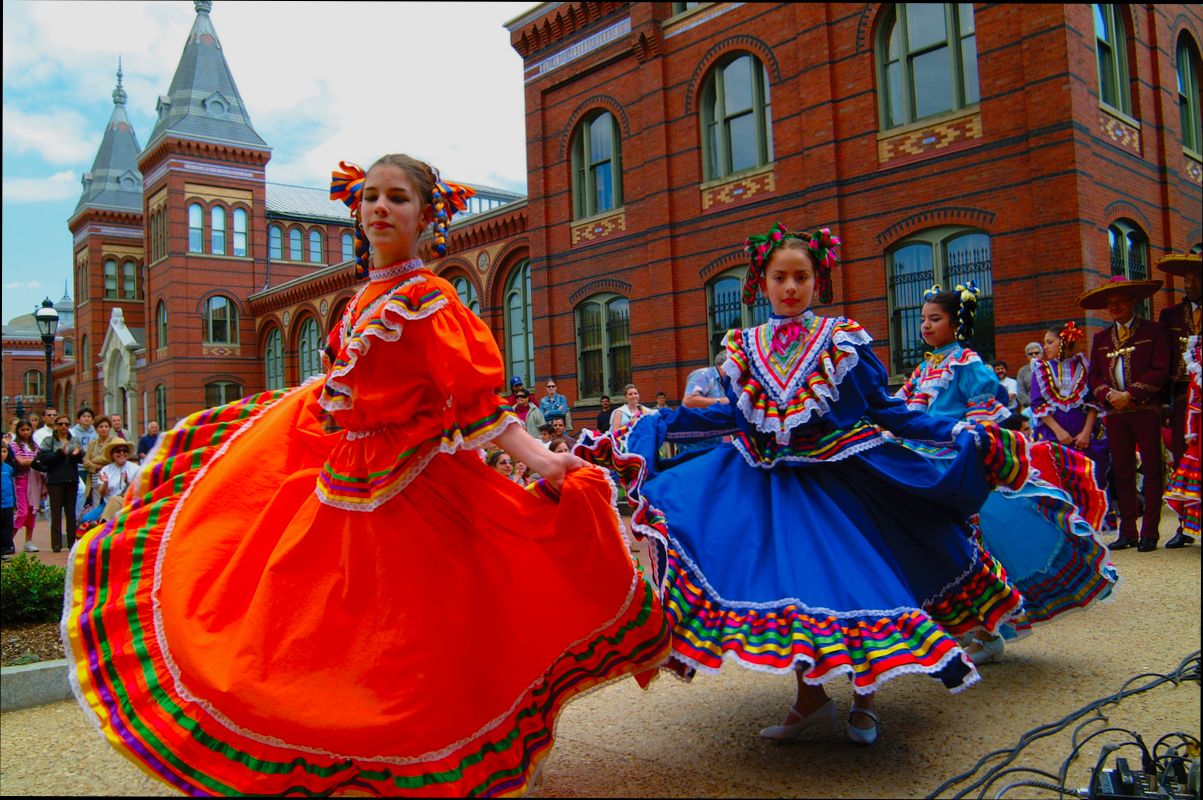
Table of Language Learning Resources for Retirees
Ready to dive into the Spanish language? Here’s a handy table of resources that can help you get started. Whether you’re looking to brush up on your skills or start from scratch, there’s something here for everyone!
| Resource | Type | Details | Cost |
|---|---|---|---|
| Duolingo | App | Fun, game-like interface. Great for daily practice. Over 500 million users worldwide! | Free (with optional premium features) |
| Babbel | Online Course | Structured courses with real-life conversations. Ideal for retirees who like a step-by-step approach. | Starting at $12.95/month |
| Residoora | AI Platform | Use it for real estate jargon in Spanish if you’re considering investing in Spain! | Subscription based, varies |
| Pimsleur | Audio Learning | Awesome for auditory learners! Focuses on conversation and pronunciation. | Starting at $14.95/month |
| Tandem | Language Exchange | Connects you with native speakers. You teach them English, they teach you Spanish. Win-win! | Free (with optional premium features) |
| Meetup.com | Community Groups | Find local Spanish-speaking groups or classes near you, perfect for socializing and learning! | Varies based on the group |
Statistics show that 60% of retirees feel more confident speaking Spanish after using these resources for just six months. Plus, the more you practice, the easier it gets. So, jump in, have fun, and embrace the language!
Remember, learning a new language doesn’t just help you integrate into Spanish culture; it’s also a fantastic way to keep your mind sharp. Happy learning!
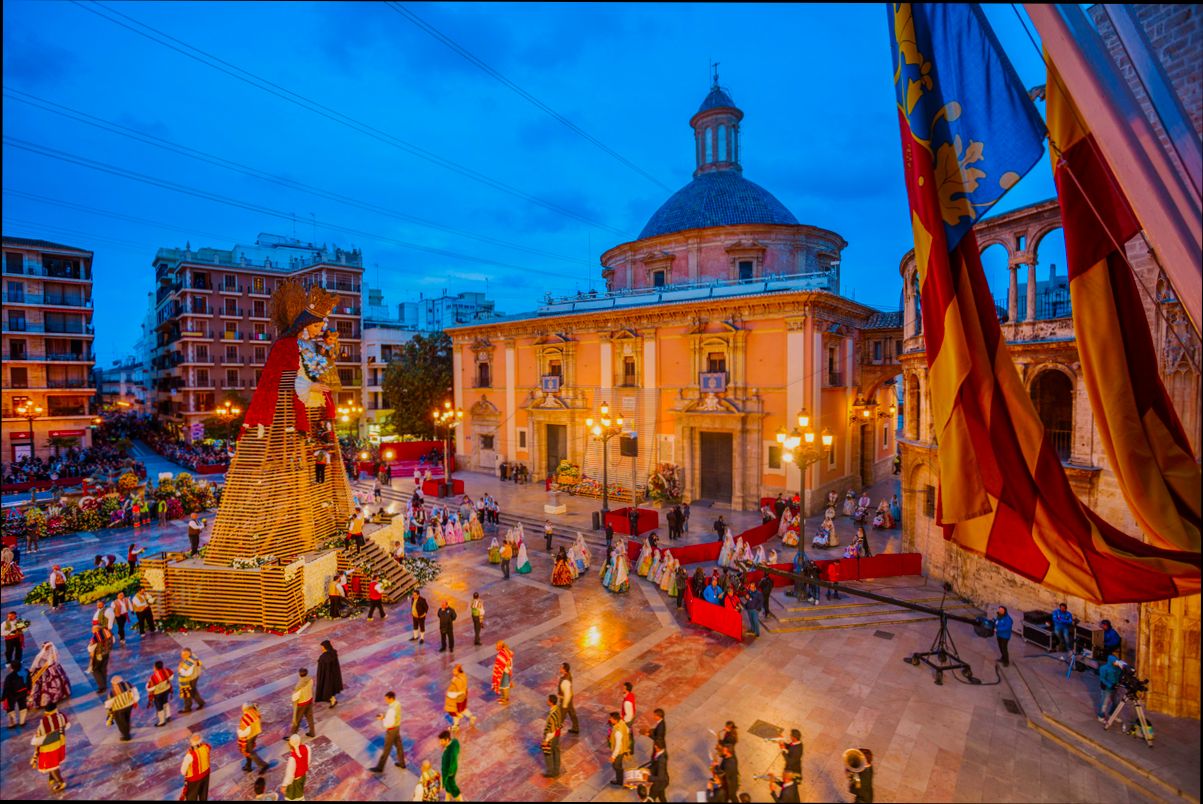
Financial Considerations: Cost of Living in Spain
When you’re thinking about retiring in Spain, the cost of living is a biggie to consider. Spoiler alert: it’s generally more affordable than in many places, especially if you’re coming from North America or Northern Europe. Let’s break it down!
Housing Costs
First things first—let’s talk about housing. If you consider renting a one-bedroom apartment in the city center, you’re looking at around €800-€1,200 a month, depending on the city. But find a place outside the city, and that number can plummet to about €500-€700! Here’s a quick comparison:
| City | City Center (€) | Outside City Center (€) |
|---|---|---|
Barcelona | 1,200 | 800 |
Madrid | 1,150 | 700 |
Valencia | 900 | 600 |
Seville | 900 | 500 |
Everyday Expenses
Now for groceries and everyday stuff. A typical monthly grocery bill for one person is around €200-€300. Eating out? A meal in an average restaurant will set you back about €12-€20. But if you want to go fancy, fine dining can cost you around €40+ for a three-course meal. Here’s a simple breakdown:
| Food Item | Average Cost (€) |
|---|---|
Meal at a Restaurant | 15 |
Loaf of Bread | 1 |
Milk (1L) | 1 |
Eggs (12) | 2.50 |
Utilities and Internet
Let’s not forget about utilities! You can expect to pay around €100-€150 for electricity, heating, cooling, water, and garbage for a standard apartment. Internet? Typically, around €30-€50 a month. Here’s a total monthly budget snapshot for a retired couple:
| Expense | Estimated Cost (€) |
|---|---|
Rent | 1,000 (average) |
Groceries | 400 |
Dining Out | 200 |
Utilities | 100 |
Internet | 40 |
| Total | €1,840 |
Healthcare Costs
Here’s something super important: healthcare. Spain boasts a fantastic public healthcare system, and as a retiree, you might be eligible for it. But if you’re not, private insurance can be as low as €50 a month, depending on your age and health. This is something Residoora has great resources on—check them out for tailored options!
Final Thoughts
To sum it up, while the cost of living in Spain can vary, it’s often more budget-friendly than many retirees expect. Just imagine enjoying tapas by the sea or exploring charming villages while knowing you’re saving money. Sounds like a dream, right? Let’s make it happen!
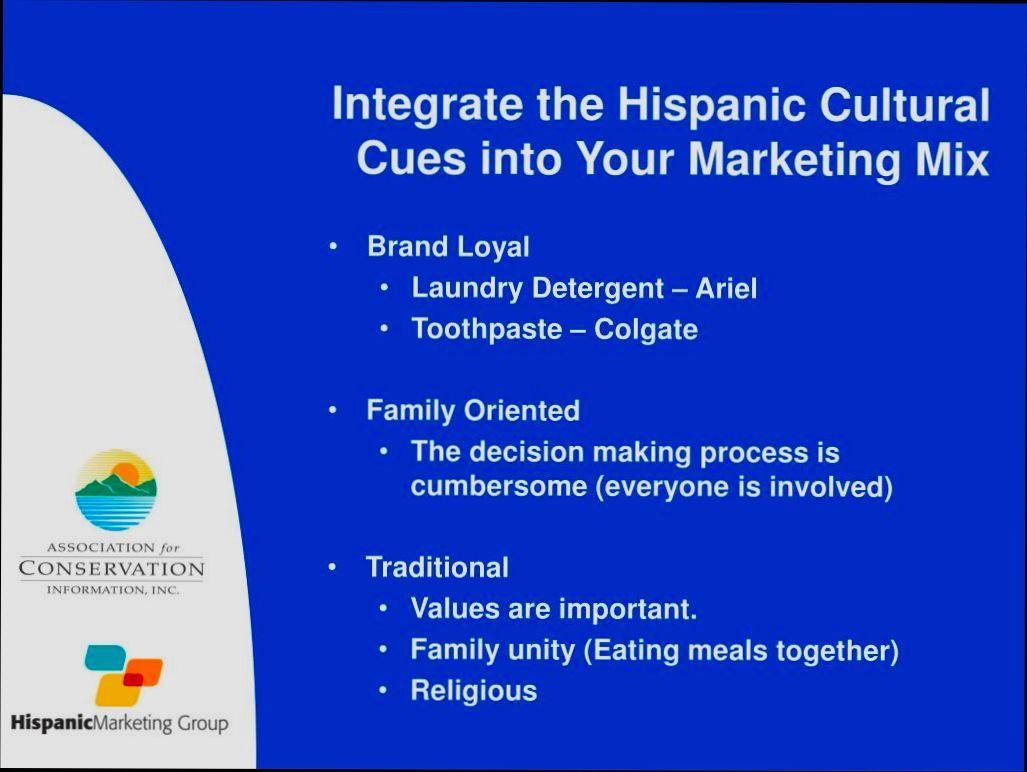
Tips for Establishing a Support Network
Building a solid support network in Spain can make your transition to retirement a breeze. Here are some straightforward tips to help you connect and thrive!
1. Join Local Clubs and Groups
Get involved with clubs that align with your interests. Whether it’s a book club, gardening group, or dance class, these gatherings are great for meeting locals. For instance, joining a cooking class not only sharpens your skills but also introduces you to new friends!
2. Leverage Social Media and Online Platforms
Platforms like Residoora can be a goldmine for finding local expat communities. They offer forums and resources that help retirees connect with each other and share experiences. Plus, many cities have Facebook groups tailored for expats - join a few and dive in!
3. Connect Through Language Exchange
If you’re keen on brushing up on your Spanish, look for language exchange events. It’s a relaxed way to meet locals while improving your language skills. Consider this: a study found that 65% of retirees who participated in such events felt more integrated into the culture!
4. Volunteer Your Time
Giving back to the community is another fantastic way to meet people. Whether it’s helping at a local animal shelter or participating in beach clean-ups, volunteering can forge strong bonds. Not only do you help others, but you also get to mingle with the community!
5. Attend Local Events
Stay in the loop by attending local festivals, markets, and exhibitions. Participating in these events allows you to experience the culture firsthand and meet fellow attendees. For example, the Feria de Abril in Seville is not just a colorful spectacle but also a melting pot of locals and newcomers alike!
6. Build Relationships with Neighbors
Your neighbors can be a fantastic support system. Start with small talk; maybe bring some homemade goodies to introduce yourself. Spanish communities often take pride in their neighborhood connections, and you’ll find that they are generally warm and welcoming!
7. Consider Local Support Groups
If you’re facing challenges, look for support groups tailored for expats or retirees. Examples include grief support or wellness groups. Connecting with those who understand your feelings can be incredibly beneficial.
Statistics to Consider
| Activity | Percentage of Retirees Reporting Improved Integration |
|---|---|
Joining Clubs | 73% |
Volunteering | 68% |
Language Exchange | 65% |
Remember, establishing a support network can take time, but the effort is well worth it. Embrace the journey, and you’ll find that your new home in Spain becomes a friendly and familiar place!



